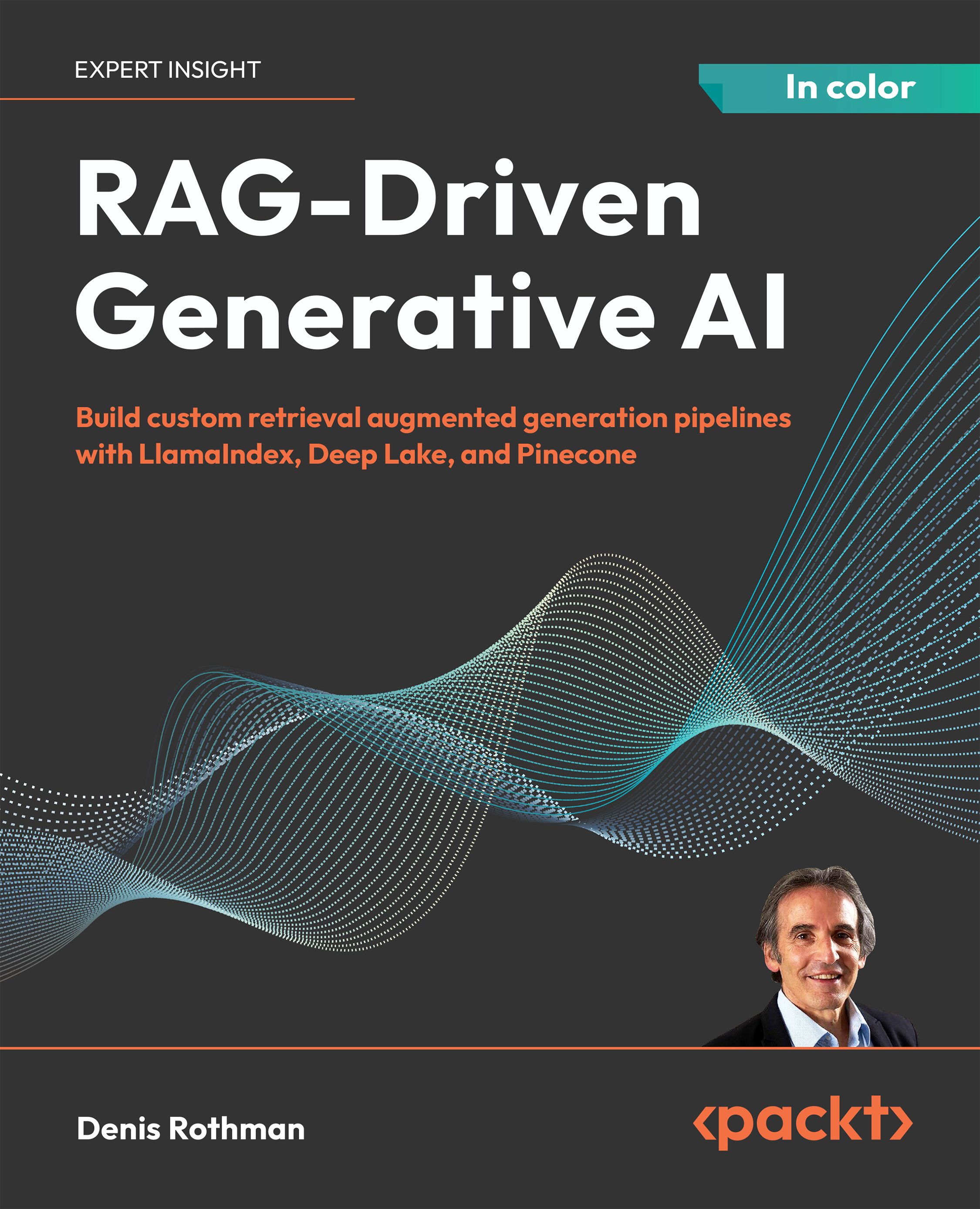Building hybrid adaptive RAG in Python
Let’s now start building the proof of concept of a hybrid adaptive RAG-driven generative AI configuration. Open Adaptive_RAG.ipynb on GitHub. We will focus on HF and, as such, will not use an existing framework. We will build our own pipeline and introduce HF.
As established earlier, the program is divided into three separate parts: the retriever, generator, and evaluator functions, which can be separate agents in a real-life project’s pipeline. Try to separate these functions from the start because, in a project, several teams might be working in parallel on separate aspects of the RAG framework.
The titles of each of the following sections correspond exactly to the names of each section in the program on GitHub. The retriever functionality comes first.
1. Retriever
We will first outline the initial steps required to set up the environment for a RAG-driven generative AI model. This process begins with...
































































